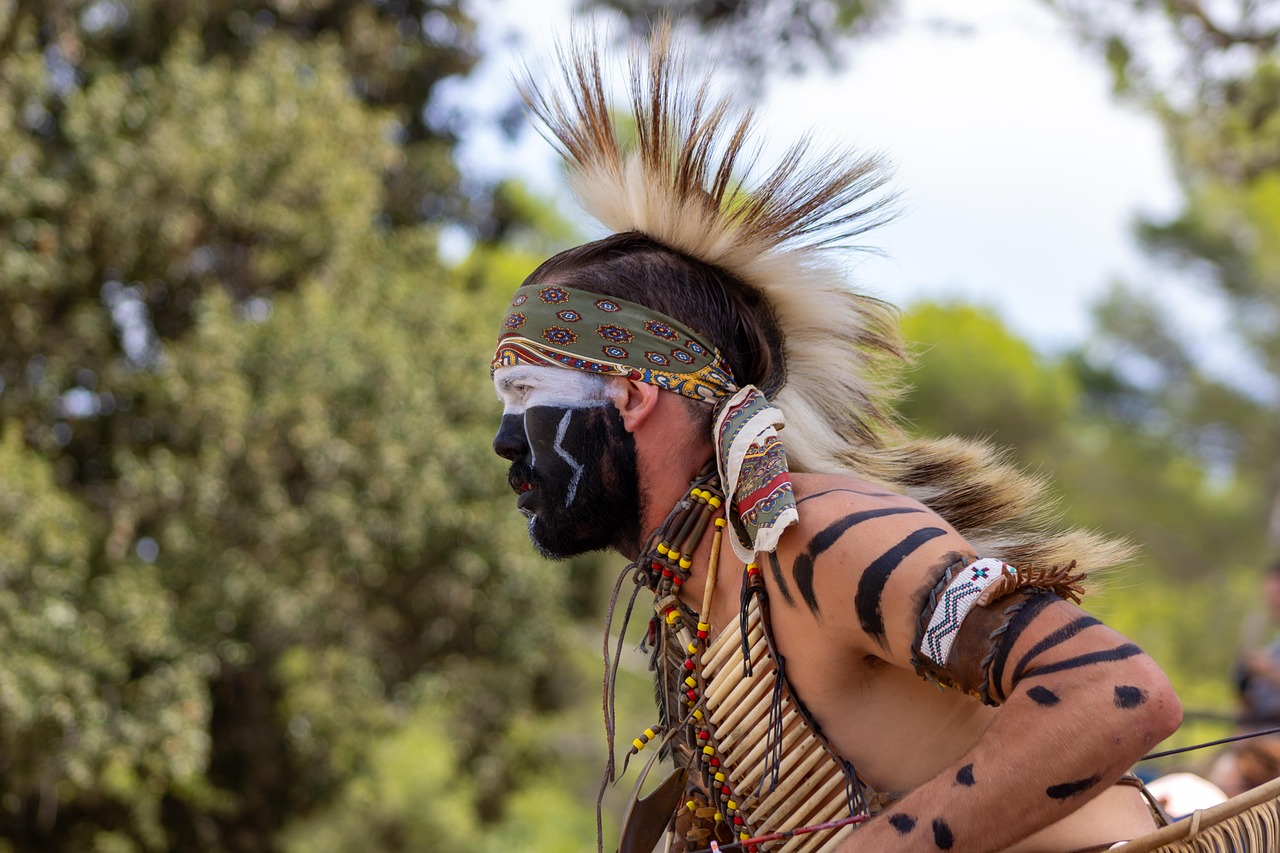This moving interview reveals the hidden wounds passed down through generations. “When I think of my childhood, I see the shadows that followed my grandmother all her life,” begins Sarah Littlebear as we start our conversation. Her story opens a window into transgenerational trauma caused by Residential Schools in Canada – a legacy of pain that continues to affect the third generation.
Introduction: The Invisible Chains of the Past
The Canadian Residential Schools were more than just educational institutions. They were instruments of a systematic assimilation policy designed to “kill the Indian in the child.” What is often overlooked, however, are the long-term effects on the descendants of the survivors.
“I Only Knew My Grandmother as a Broken Woman”
Sarah Littlebear, 42, social worker and member of the Cree First Nation, shares her personal story with us.
Interviewer: Sarah, what is your earliest awareness of your grandmother’s trauma?
Sarah: “I remember she never sang. In our culture, singing is so central – for ceremonies, for healing, for storytelling. Later, I understood: they had forced it out of her at school. They told them their songs were evil.”
The Residential Schools: A System of Destruction
From the 1880s until 1996, the Canadian government, together with churches, operated more than 130 Residential Schools for Indigenous children. An estimated 150,000 First Nations, Inuit, and Métis children were taken from their families.
Systematic cultural destruction included:
- Prohibition of Indigenous languages
- Suppression of traditional spirituality
- Forced Christianization
- Alienation from families and communities
- Systematic erasure of cultural identity
“She Never Spoke About It Directly – But Her Silence Was Loud”
Interviewer: Did your grandmother ever speak directly about her experiences?
Sarah: “Never. That was part of the trauma. But her actions spoke volumes. She was terrified of authority figures. She flinched when someone raised their voice. She couldn’t show affection – hugs were foreign to her. At school, they had taught them that touch was sinful.”
The Second Generation: Parents Who Never Learned How to Parent
Sarah’s mother grew up as the child of a Residential School survivor – with profound consequences.
Sarah: “My mother had no model for motherhood. Her mother never learned how to comfort a child or show unconditional love. So, some patterns repeated – the emotional distance, the struggle with affection.”
Transgenerational Trauma: The Science of Inherited Pain
Transgenerational trauma among First Nations peoples is now scientifically recognized. The mechanisms are complex and multifaceted.
Ways trauma is transmitted:
- Epigenetic changes: Trauma can alter gene expression
- Learned behavioral patterns: Survival strategies are passed on
- Disrupted parenting traditions: Loss of cultural parenting knowledge
- Social and economic effects: Systemic disadvantage perpetuates trauma
“I Carried the Pain Without Knowing Its Source”
Interviewer: When did you begin to understand the connection?
Sarah: “Not until my twenties. I struggled with depression and anxiety – even though I’d had a ‘good childhood.’ In my people’s healing traditions, I began to realize: I carried wounds that weren’t mine. It was both shocking and liberating.”
Paths of Healing: From Trauma to Transformation
Sarah’s path toward healing led her back to her cultural roots.
Sarah: “Rediscovering our traditions became my medicine. Learning our language, taking part in ceremonies, understanding our creation stories – all this gave back what the schools had taken from my grandmother.”
Cultural Revival as Medicine
For many descendants of Residential School survivors, the return to cultural traditions has become a central path of healing.
Healing practices include:
- Language revitalization: Relearning the Indigenous mother tongue
- Traditional ceremonies: Sweat lodges, vision quests, Sun Dance
- Art and craftsmanship: Beadwork, weaving, traditional crafts
- Community support: Healing circles and peer groups
The Role of the Truth and Reconciliation Commission
The Canadian Truth and Reconciliation Commission (2008–2015) documented the atrocities of the Residential Schools and initiated a national healing process.
Sarah: “The TRC gave us an official story. It confirmed what our families had always known. That was important – it freed us from the burden of having to prove that the injustice really happened.”
“I Heal for My Daughter – and for My Grandmother”
Interviewer: What does healing mean to you today?
Sarah: “I’m not healing just for myself. I’m healing for my daughter, so she can grow up free from this legacy. And I’m healing for my grandmother – for the little girl she once was, whose childhood was stolen. In my healing, I find justice for her.”
Support for Survivors: Resources and Help Lines
For people going through similar experiences, there is growing access to support and culturally grounded resources.
Support resources in Canada include:
- Indian Residential Schools Crisis Line
- First Nations and Inuit Hope for Wellness Help Line
- Cultural healing centers in many communities
- Trauma-informed therapy with cultural sensitivity
Conclusion: From Surviving to Living
Sarah’s story ends with an image of hope.
Sarah: “Last year I learned a traditional lullaby from our Nation. When I sang it to my daughter, I cried. In that moment, I felt the circle begin to close. The love that was denied to my grandmother now flows to her great-granddaughter.”
Her story reminds us that transgenerational trauma can be overcome – through awareness, compassion, and the courageous choice to break the cycle.
Looking for support or more information? Residential School recovery, intergenerational Indigenous trauma, First Nations healing centers, Truth and Reconciliation Commission reports, Indigenous trauma therapy, cultural revival in Canada, Residential School survivor stories.

